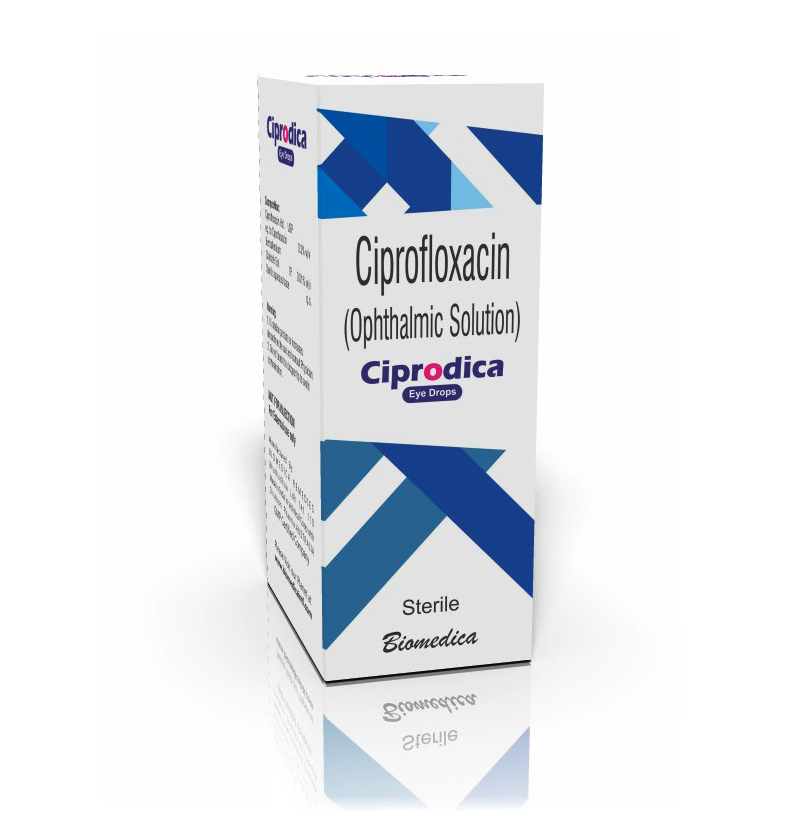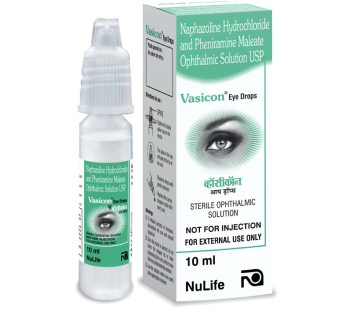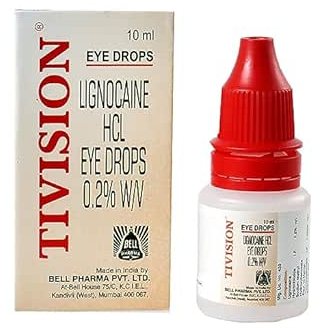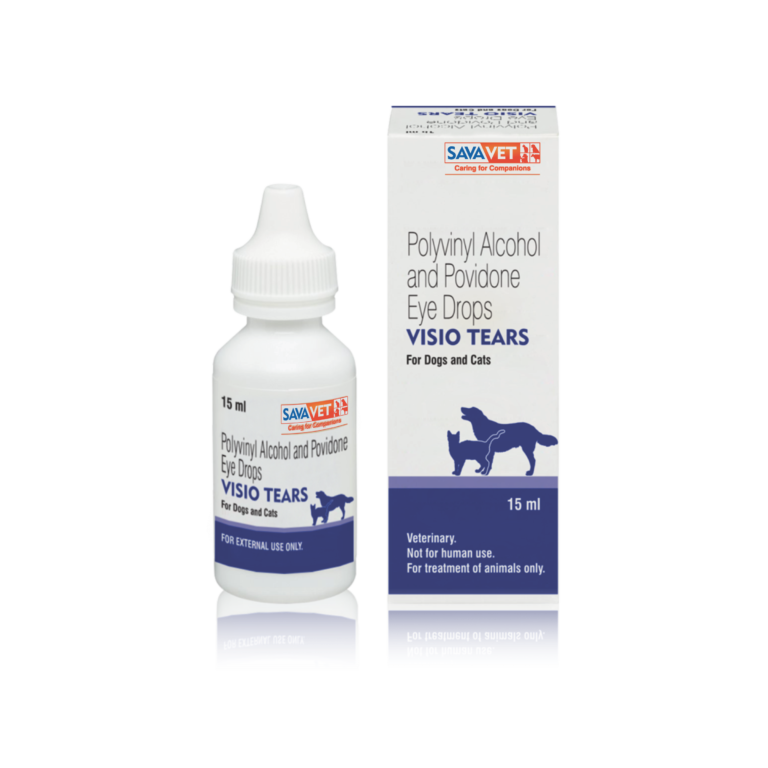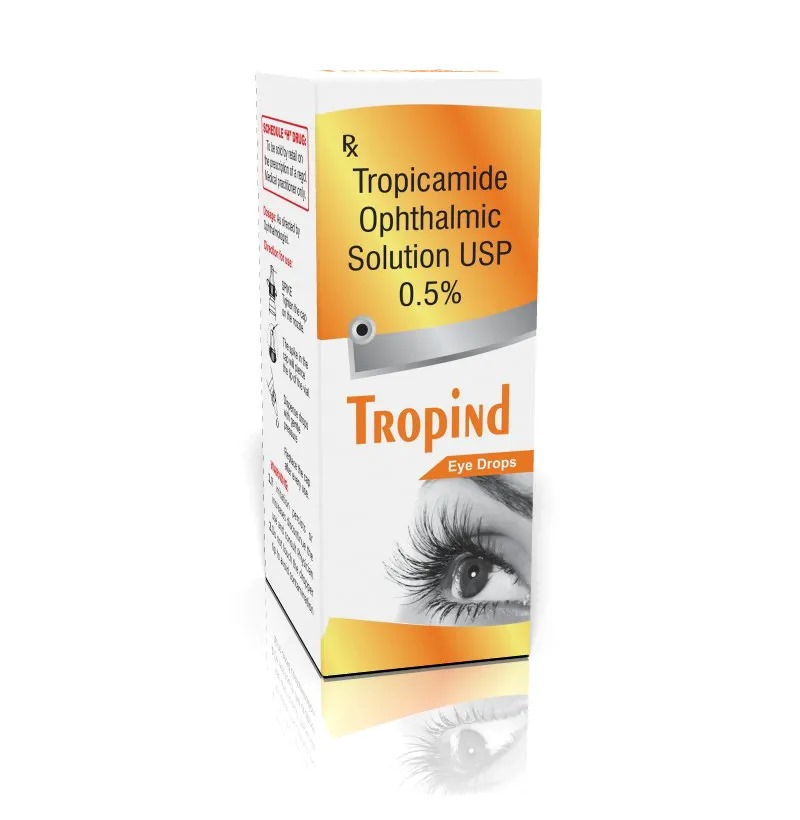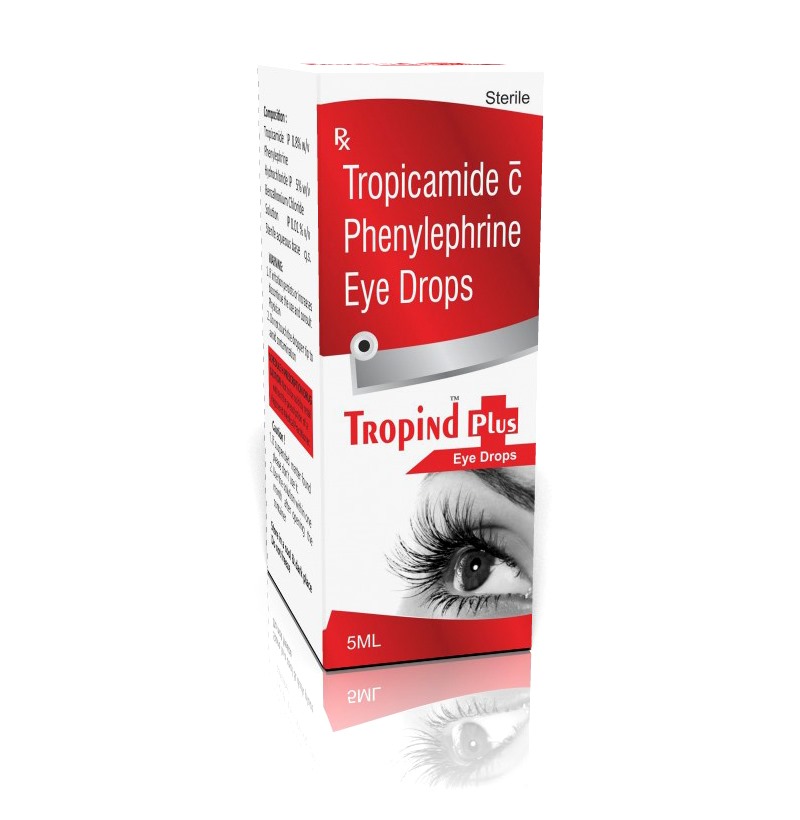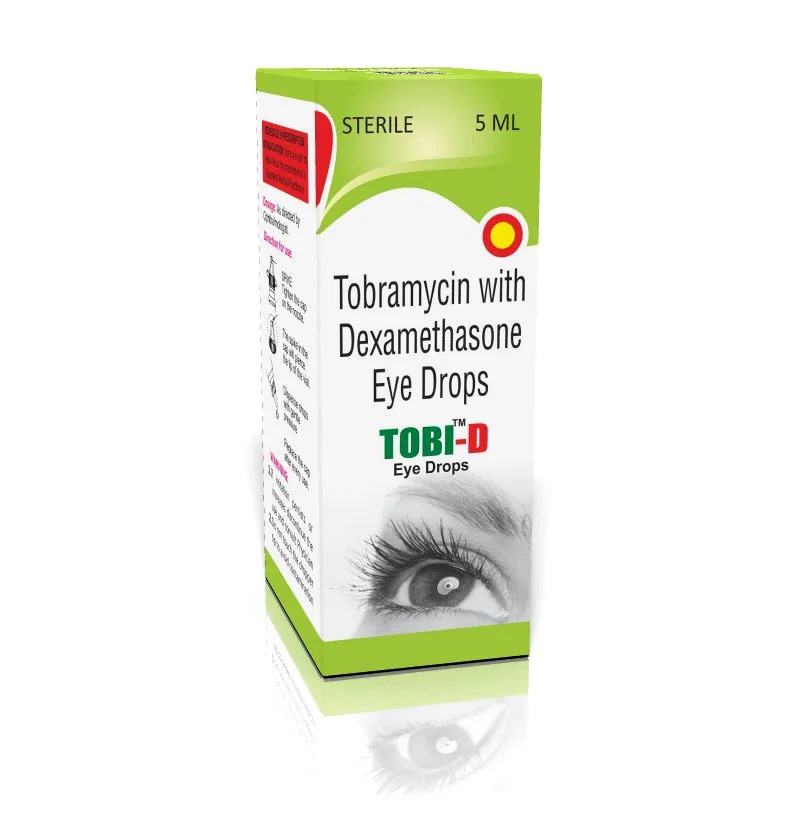Paracain Eye Drops are used for: Preoperative Eye Numbing: To anesthetize the eye before minor surgical procedures such as tonometry, gonioscopy, or removal of corneal foreign bodies. Diagnostic Procedures: To facilitate painless eye examinations and tests. Post-Injury Care: To alleviate discomfort following minor eye injuries. 💧 How to Use Dosage: Typically, 1–2 drops in each eye before the procedure. For some procedures, 1 drop every 5–10 minutes for 5–7 doses may be recommended. Application: Wash your hands thoroughly. Tilt your head back and pull down the lower eyelid to create a small pocket. Hold the dropper close to the eye without touching it and squeeze out the prescribed number of drops. Close your eye and press gently on the inner corner (near the nose) for about 1 minute to prevent the liquid from draining away. Wipe away any excess liquid. ⚠️ Precautions Allergies: Do not use if you are allergic to Proparacaine or any other ingredients in the drop. Infections: Avoid use if you have fungal or viral eye infections. Pregnancy/Breastfeeding: Use only if prescribed by a doctor. Driving: May cause temporary blurred vision; avoid driving until your vision is clear. Contact Lenses: Remove contact lenses before applying the drops and wait at least 15 minutes before reinserting them. 💊 Side Effects Common side effects may include: Temporary stinging or burning sensation in the eyes Eye redness Watery eyes Increased blinking If these persist or worsen, consult your doctor.
Send Message
